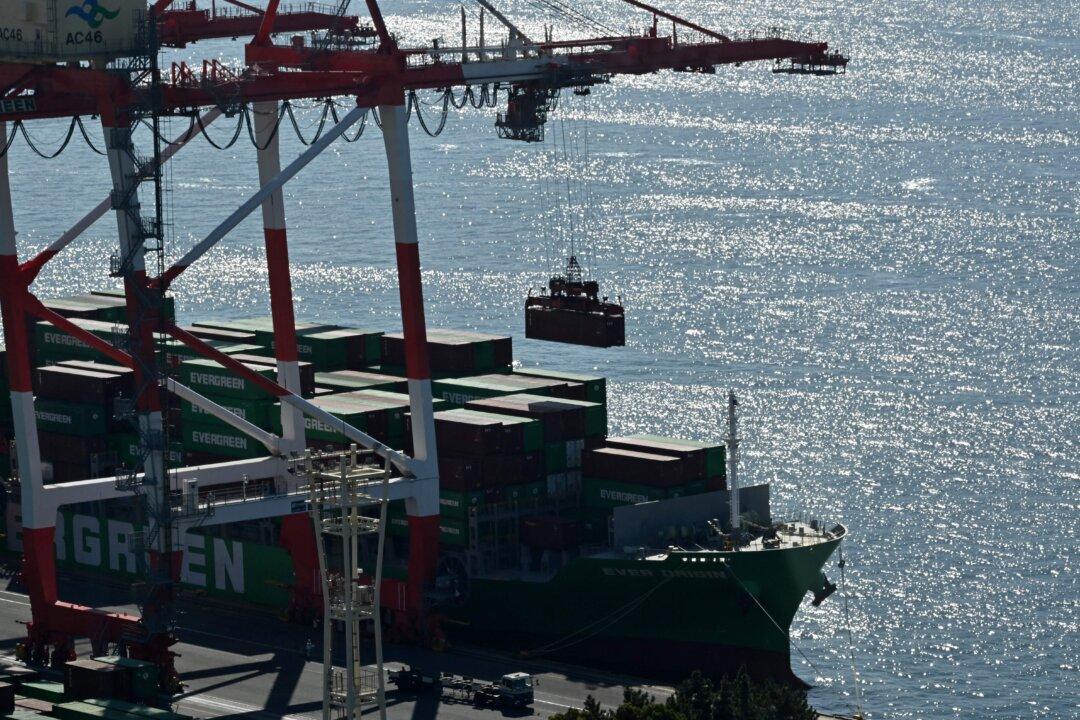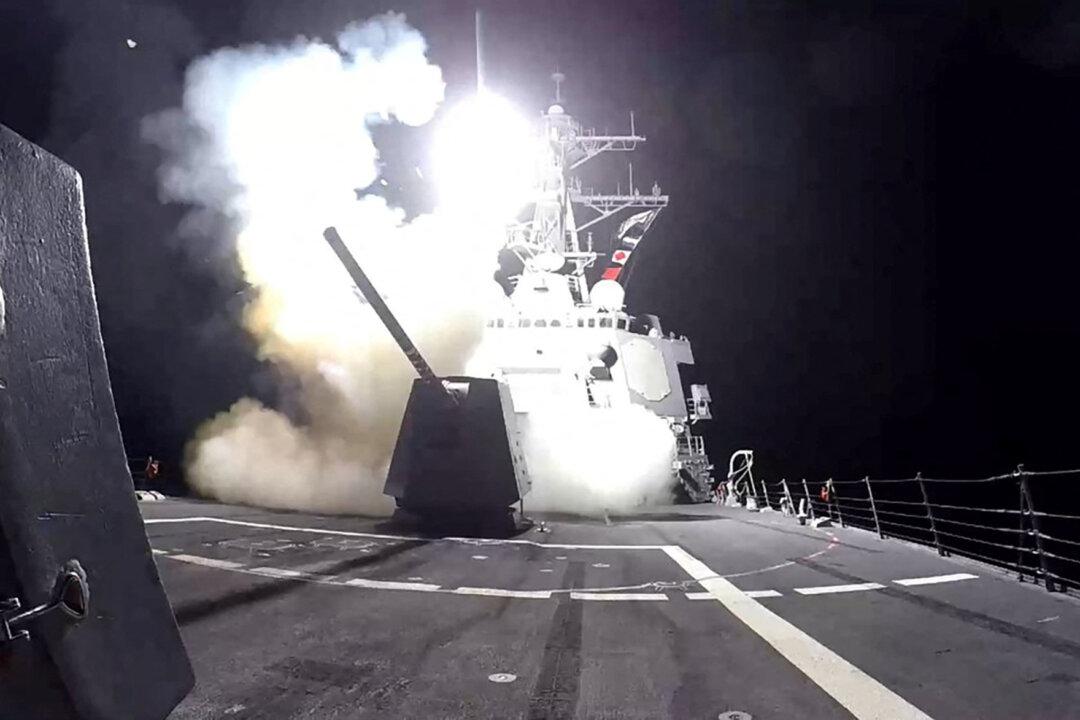Top Republicans from multiple House committees are sounding the alarm on a series of mysterious devices that appear to have been implanted into container cranes used throughout the U.S. port system by China.
The lawmakers say that numerous modems with no known function were uncovered from ship-to-shore (STS) cranes, which are used to unload cargo at the nation’s largest ports.




